In order to celebrate the centenary of the discovery of insulin, the exhibition “A Visit to the History of Diabetes at the Centenary of the Discovery of Insulin” was inaugurated at FMUL on 6 January and stayed until the 30th. It can now be visited in Porto during the month of February and later in the cities of Coimbra, Funchal and Ponta Delgada.
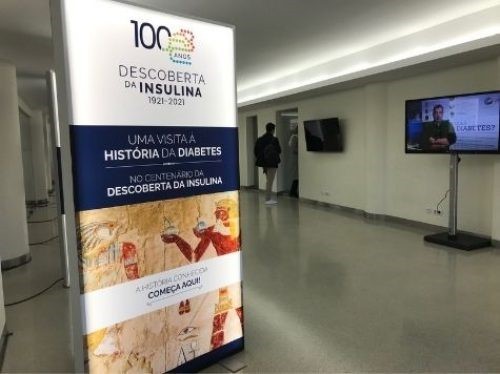
Diabetes mellitus, which we usually refer to only as diabetes, is not a recent disease.
The Latin word diabetes comes from the Greek, which means "to pass through", while mellitus means "what contains honey, sweet as honey", which refers to the excess of glucose present in the urine of the individual who suffers from this disease.
Ebers' papyrus is the first document, believed to have been written around 1550 BC, discovered in Egypt by the German Gerg Ebers in 1872, which mentions, among others, a disease identical to diabetes, characterizing it as a successive and abundant expulsion of urine, with some recommendations for treatments based on fruits and plants.
However, it was only in the 2nd century AD, in Ancient Greece, that this disease received the name of diabetes, a name supposedly attributed by Aretaeus, a disciple of Hippocrates.
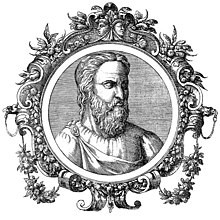
This pathology has been studied over the centuries, in several societies. Indian clinicians were the first, followed by Chinese and Japanese doctors, to note the likely sweetness in the patients' urine, by observing that there was a greater concentration of ants and flies around the urine of people with diabetes. This indication was only confirmed by the studies carried out by Thomas Willis in the 17th century and by Matthew Dobson in the 18th century.
In 1769, the Scottish physician William Cullen proposed to add to the term diabetes, the word mellitus (honey, in Latin), and differentiated the types of diabetes: diabetes mellitus (abundant urine with the smell and taste of honey) and diabetes insipidus (urine also abundant, clear, and not sweet).
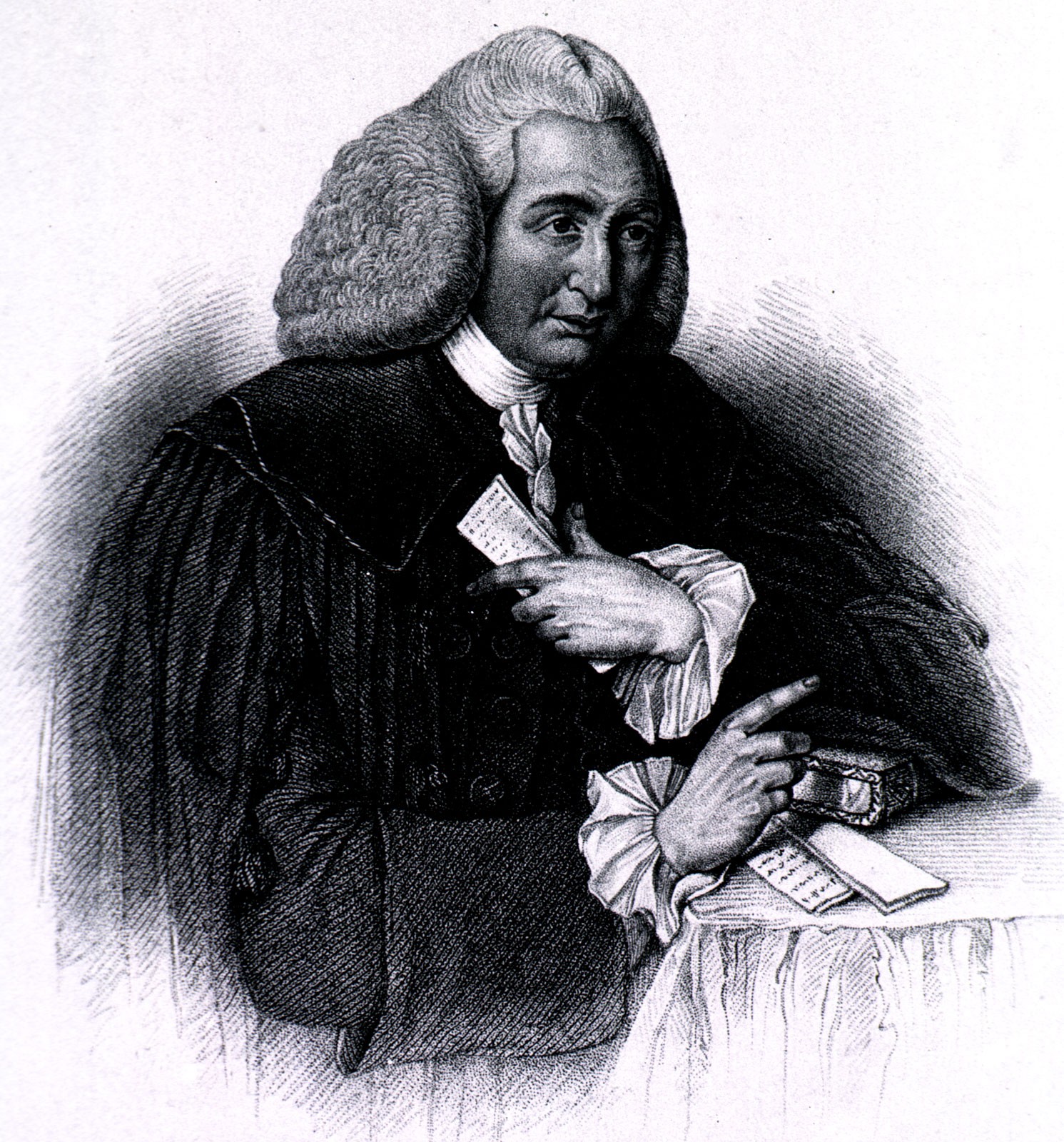
In the 19th century, E. Lanceraux and Apollinaire Bouchardat referred to the existence of two types of diabetes, one that affected younger people, more severe, and the other manifesting in older people, patients with excess of weight and not so aggressive.
The discovery of the insulin that revolutionized the treatment of diabetes was preceded by the experiment carried out in the early 20th century by Eugene Gley, George Zuelzer, and Nicolae Paulesco, who confirmed that injecting pancreatic extract into pancreatectomized dogs (made diabetic through pancreatic extraction) reduced glycosuria (sugar in urine).
In 1921, two scientists at the University of Toronto, Frederick Banting and Charles Best, in the laboratory of Romanian physiology professor John J. T. Macleod and under his supervision and that of biochemist Collip, isolated and acquired an extract with insulin.
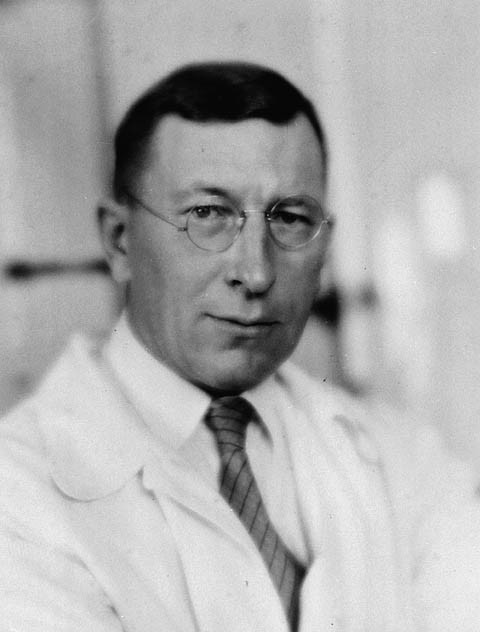
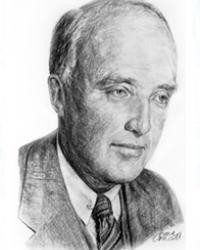
On 11 January of the following year, Leonard Thompson, a 14-year-old Canadian boy with diabetes, received his first injection of insulin.
Until now, individuals suffering from diabetes, especially type I diabetes, had the following characteristics: weight loss, drinking a lot of water and losing strength, forcing them to remain at home and eventually bedridden. Within a few weeks, the patients became malnourished and after a short time they fell into a coma and died. Type 2 diabetes was less dominant and appeared mainly in the wealthier groups. King D. Carlos suffered from type 2 diabetes.
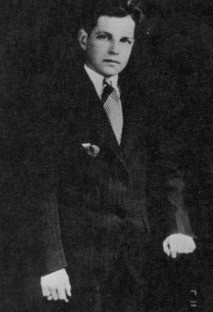
This discovery has profoundly altered the therapy to fight diabetes, enabling patients, despite having a chronic disease, to have a normal life, offering them the possibility of being perfectly integrated into society, being able to self-control, administering their own treatment. and manage the disease without having to constantly resort to medical services and have a longer life expectancy.
In Portugal, the dedication shown to patients suffering from diabetes was started by Ernesto Roma.
Ernesto Galeão Roma was born in Viana do Castelo on 1 June 1887 and died in Lisbon on 9 July 1978.
Descending from an eminent family from Viana do Castelo, he inherited from his grandfather Dr Policarpo Galeão his humble and generous character, dedicated to the most needy and with great professional zeal.
His maternal grandfather, Policarpo Esteves Galeão was a highly regarded military doctor in the city of Viana do Castelo, who died in 1905, in the exercise of his profession during an epidemic of louse-borne typhus. He got the disease while caring for infected people in the fishermen's quarter, a disease that was present in Porto and Póvoa de Varzim. He was nicknamed “Saint Dr Galião” and “Father of the Poor”.
Ernesto Roma, a restless boy with blue eyes, headed to Lisbon to study at the Royal Military School in Luz between the years 1897 and 1905. He did medical preparatory studies at the Polytechnic School of the University of Lisbon. Between 1905 and 1913, he studied at the Medical-Surgical School of Lisbon, where he was a disciple of Miguel Bombarda and Júlio de Matos.
He completed his medical degree with a high score of 19/20 in June 1913, and presented his final dissertation entitled “Microcephaly”, a work that was only published in 1976, on the fiftieth anniversary of the “Association for the Protection of Diabetic Persons in Portugal” (which he founded in 1926), exposing the topic of microcephaly.
In his work, Ernesto Roma released an original study on this topic. In addition to publicizing the case of the brothers Adelaide de Jesus (Laidinha) and António Silva (Toninho Lalau), typical figures from Viana and carriers of this disease, who the author knew well since childhood, he documented his dissertation with photos, sketches and cranial graphs of those children with microcephaly.
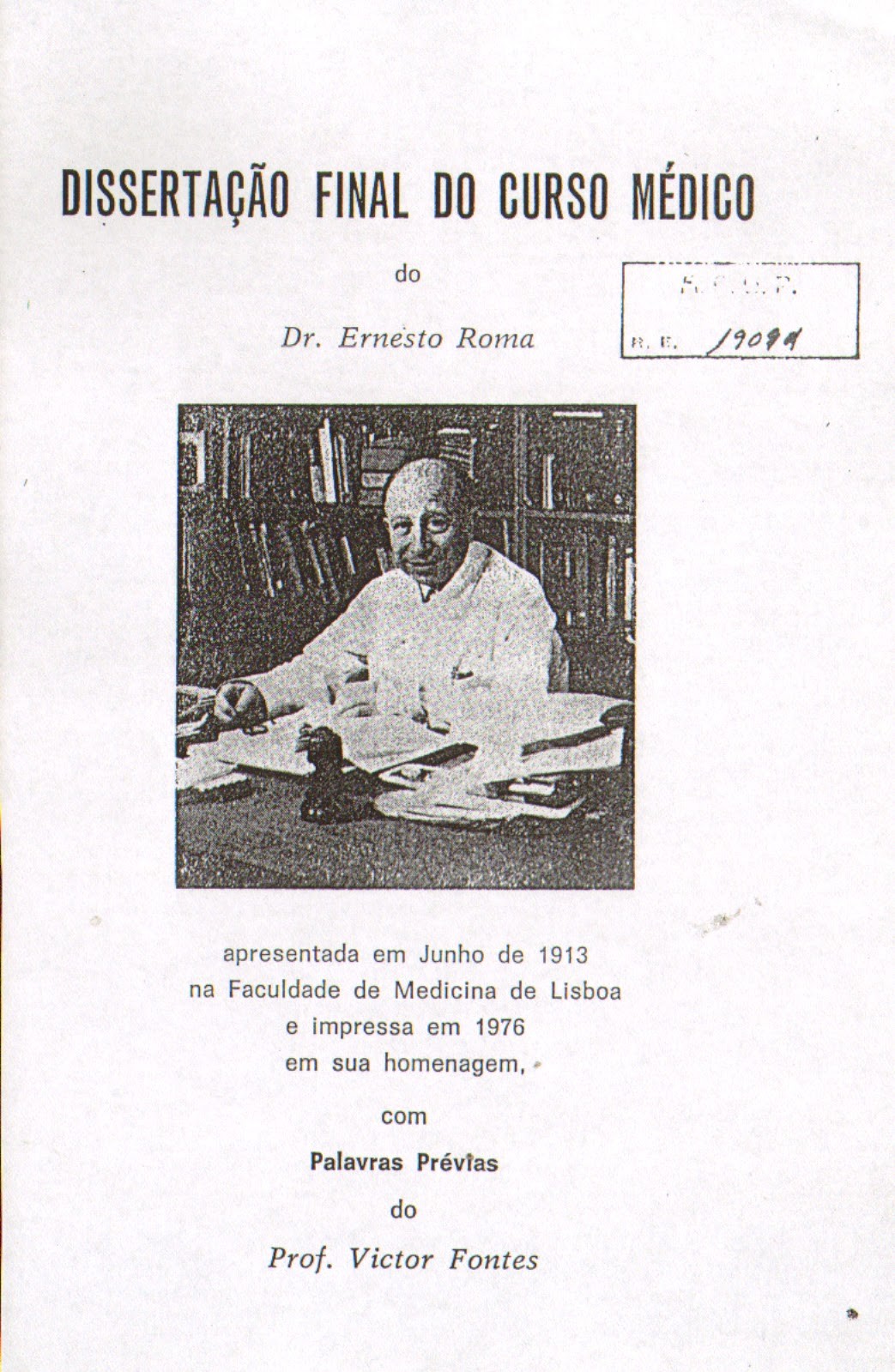
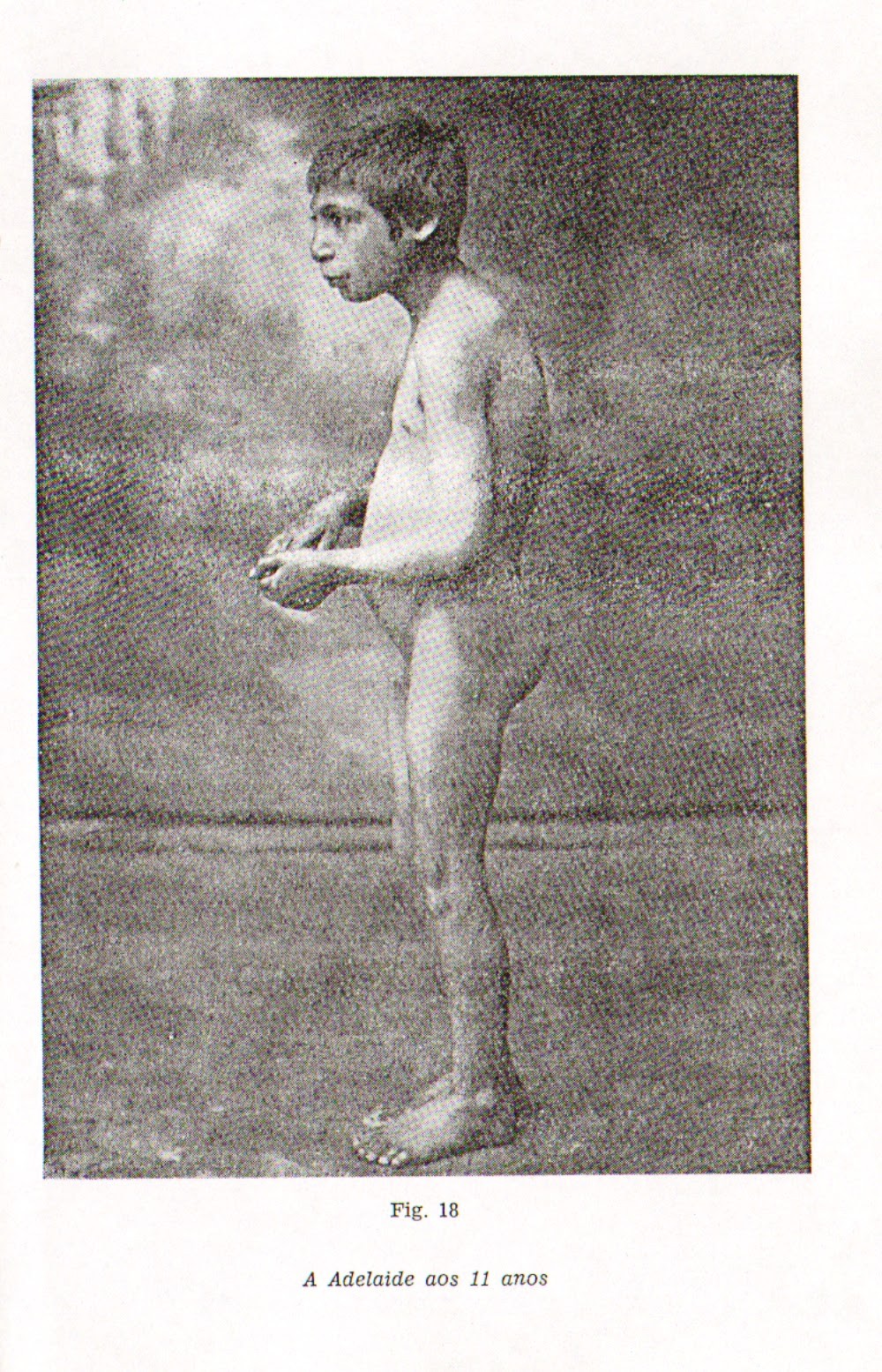
He enlisted as a volunteer in 1915, following in the footsteps of his father (General Bento Roma) in his military career.
He was part of the First Portuguese Expeditionary Battalion. He was also a military doctor with the rank of Second Lieutenant, moving to the army reserve in 1921 with the rank of Captain.
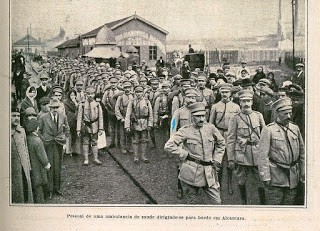
Ernesto Roma travelled to Paris where he visited the Dieulafoy Clinic and in 1922 he went to Boston, where he did an internship at Massachusetts General Hospital with Richard Clarke Cabot. He visited Elliot Joslin's celebrated clinic, a diabetes mellitus treatment centre in Boston, where Frederick Banting and Charles Best, the doctors who discovered insulin in 1921 in Toronto, had sent the first vials of the product.
In this centre, he learned about the methods used in the education of diabetics (specialist nurses assisting diabetic patients at home, programmes to combat diabetes in children and research on the disease during pregnancy) and about the work published by Elliott Joslin, in 1917, “ A Diabetic Manual for the mutual use of Doctor and Patient ”.
After returning to Portugal, he started in 1925 the practice of insulin therapy in his practice, where diabetics from Lisbon went to get the new medicine, which gave him fame and recognition as a diabetologist.
The conditions in which diabetics lived and with an increasing number of deaths caused by this disease due to not having the economic conditions to obtain the new treatment outraged Ernesto Roma. Accordingly, supported by some friends and bourgeois benefactors, on 13 May 1926 (five years after the discovery of insulin) he founded the “Association for the Protection of Poor Persons with Diabetes” (APDP), where the recent medication was prescribed to children and adults.
After having been based in several locations in downtown Lisbon, in 1954, this Association moved to its current facilities at Rua do Salitre, in Lisbon.

In 1933, Ernesto Roma was a co-founder, with António Maria de Oliveira Bello (Olleboma), author of “Culinária Portuguesa” (Portuguese Cooking), and with Albino Forjaz de Sampaio, of the Portuguese Gastronomy Society with the aim of promoting the study of food as to its origin, production, manufacture, presentation and flavour, in order to improve them.
Author of many scientific works such as "Treatment of Diabetic Coma", in 1937 he published the work "Food in Physical Education and Sport", referring to a set of lessons at the Army Physical Education School, namely the importance of nursing care and foot monitoring and treatment.
In the same year, he published a small brochure “Advice to Diabetics”, explaining the symptoms of the disease in plain Portuguese language, giving advice on nutrition, showing with simple formulas how patients could calculate the nutritional value of their food and establish a meal plan.
He was the author of several articles published in newspapers and scientific journals.
The phrase “the doctor's job is less to treat the patient than to teach him to treat himself” was attributed to Ernesto Roma, certainly due to the influence of Pulido Valente's work, “Lessons on Diabetes”, published in 1934.
Undisputed sportsman, he showed enormous aptitude for some sports and physical exercises, with great technique and resourcefulness, even when he was a student at the Military School. As a child he learned to swim in the Lima River. In 1934 he was awarded the silver medal of the Lifeguard Institute, after having rescued a swimmer who was in great danger, in Praia das Maçãs, showing great courage and audaciousness as stated in the Government Gazette that year.
Well beyond his 70 years of age, he was in good physical shape and denoted great agility, which made him very proud.

During the vast period of his professional activity, he held numerous important positions:
- In 1921 he was appointed assistant and Head of Clinic at the Faculty of Medicine of Lisbon. He worked with Pulido Valente, Bello de Morais, of whom he was a disciple and colleague in the surgery, and with José Alberto de Faria, his companion at Military School;
- From 1944 to 1945, he joined the Consultative Board for the Distribution of Penicillin (which arrived in Portugal through the US and was distributed by the Portuguese Red Cross), with colleagues such as Francisco Gentil and Fernando Fonseca;
- Professor at the Social Service Institute of Lisbon (currently integrated at Universidade Lusíada), surely influenced by the experience he gained in Boston with Richard Cabot, the father of Medical Social Work;
- Professor of Nutrition at the Hydrology and Social Welfare, where he demonstrates the importance he recognized of food in the fight against diabetes
- Perpetual Secretary-General of the Portuguese Gastronomy Society
- He belonged to the League of Combatants of the Great War
- Member of the Supreme Council of the Alumni Association of the Military School
- Member of the Board of the Academic Democratic Centre of Lisbon (1909), based at Rua dos Remolares.
Throughout his life he was distinguished with several decorations:
- Silver Medal commemorating the Expedition to France
- Victory Medal
- Merit Medal of the Red Cross
- Silver Medal of the Life Guards Institute
- Grand Officer of the Order of Merit on 8 August 1973

When Ernesto Roma died in 1978, the Bulletin of the International Diabetes Federation, in its October issue, stated: “As a man he was a gentlemen, as a Portuguese he was an exemplary citizen, as a doctor one of the greatest in his country, as diabetologist a pioneer in Portugal and in the world. For the sick he represented hope that became a certainty of victory. For his collaborators, he was a friend and especially a master”.
Between 1998 and 2001, his vast collection (glasses, magnifying glasses, stamps, medals, diplomas, pocket knife, cases and various documents) were donated by his wife, Dr Alda Pamplona Roma, to the Municipal Archive of Viana do Castelo.
Over the years, several tribute sessions and exhibitions have been held about Ernesto Roma and his incessant fight against diabetes, including:
- Exhibition “Ernesto Roma – Life and Work”, held on 5 July 2019, in the Northern Regional Section of the Doctors’ Association (SRNOM), in Porto. It was conceived based on the collection of Master Ernesto Roma, made available by the City Council of Viana do Castelo, as well as on documentation produced by the APDP.
- Exhibition “Ernesto Roma - Life and Work”, held on 15 November 2017, at the Jorge Amado Ward of the Municipal Library of Viana do Castelo.
As a tribute to Ernesto Roma, a famous doctor, scientist and humanist, his name is part of the Toponymy of the cities of Lisbon and Viana do Castelo.
“Association for the Protection of Poor Persons with Diabetes”
The main objectives of the Association founded by Ernesto Roma in 1926 was to provide insulin for free to diabetic patients without the economic conditions to acquire it and to educate them in order to make them aware of the need for prevention through a more active and healthy life style.

As diabetes was one of his concerns, Ernesto Roma created a School of Diabetology and Social Diabetology, being considered the pioneer of what we now call Therapeutic Education.
This school was intended to inform diabetic patients, who in general had little instruction regarding eating habits, how they could better manage their disease. It also worked as a training centre for health technicians specialized in this area. The school remains until now. The diabetic education classes, with “chalk and pointer”, given in the Association's waiting room, were famous.
In the “Association for the Protection of Poor Persons with Diabetes”, the aim was to reconcile clinical practice with popular education. Studies were carried out about the different forms of diabetes and their heredity, tests, principles and eating programmes, treatments, and teaching. Patients were taught techniques in order to inject themselves with insulin, self-monitor themselves and comply with a diet compatible with their condition, prevent and alert them to the problems of diabetes in pregnancy.
Thus, the diet combined with insulin allowed diabetic patients to eat the same foods as their family, with the exception of sugar and reducing food with hydrocarbons.
In collaboration with Santa Casa da Misericórdia de Lisboa, APDP created a Social Pharmacy, which provided medicines and products for the whole country, in the form of ointment and syrups. They also prepared Fehling's solution (a method used to detect sugar in the urine, prior to the test strips).
In the 1950s, APDP joined the International Diabetes Federation, participating in its first congress in 1952, which took place in the Netherlands.
This Association, considered worldwide as the oldest of all associations to support people with diabetes, in 1973 changed its name to “Association for the Protection of Patients with Diabetes of Portugal” (APDP).
Between 1926 and 1973, the Association opened for a short period some delegations in Coimbra, Porto and Santarém. The latter was later integrated into the District Health Centre.

In 1931, the Association started publishing its first Bulletin, currently entitled “Diabetes - Living in Equilibrium”. That year, the number of users who were followed up at the APDP was around 1,000. Today there are more than 30,000 patients with diabetes who are supported by that institution.

APDP also has a Museum, founded in 2016, which contains in its collection, part of the health history of the 20th century in Portugal, including diabetes. As for the existing documentation, we can find the APDP Statutes since its foundation, writings by Ernesto Roma and letters from the last Queen of Portugal, D. Amélia. We can also learn about the historical evolution of the equipment and the instruments used in diabetic patients, over almost a century.
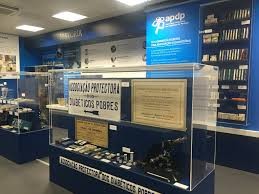
In 2005, APDP created the Ernesto Roma Foundation, a non-profit institution, as a tribute to its founder and creator of Social Diabetology. The objective is to implement an aspect exclusively dedicated to the Education of Persons with Diabetes and to support the ongoing training of all professionals who deal with the disease and to continue the vast work of its founder.
In 2013, APDP was distinguished with the “Hospital do Futuro 2012/2013 Awards”.
On 7 April 2016, the celebration of World Health Day was dedicated to diabetes. APDP was awarded a gold medal for its contribution to the country in the area of Diabetology, in an event held in Parliament.
On 29 July of the same year, in a ceremony that took place in the old Coach Museum, in Lisbon, APDP was decorated by the President of the Republic Marcelo Rebelo de Sousa, with the title of honorary member of the Order of Infante D. Henrique, He referred to “the gratitude of Portuguese society to an association that has been playing a pioneering role and constantly fighting for the cause of diabetes”.
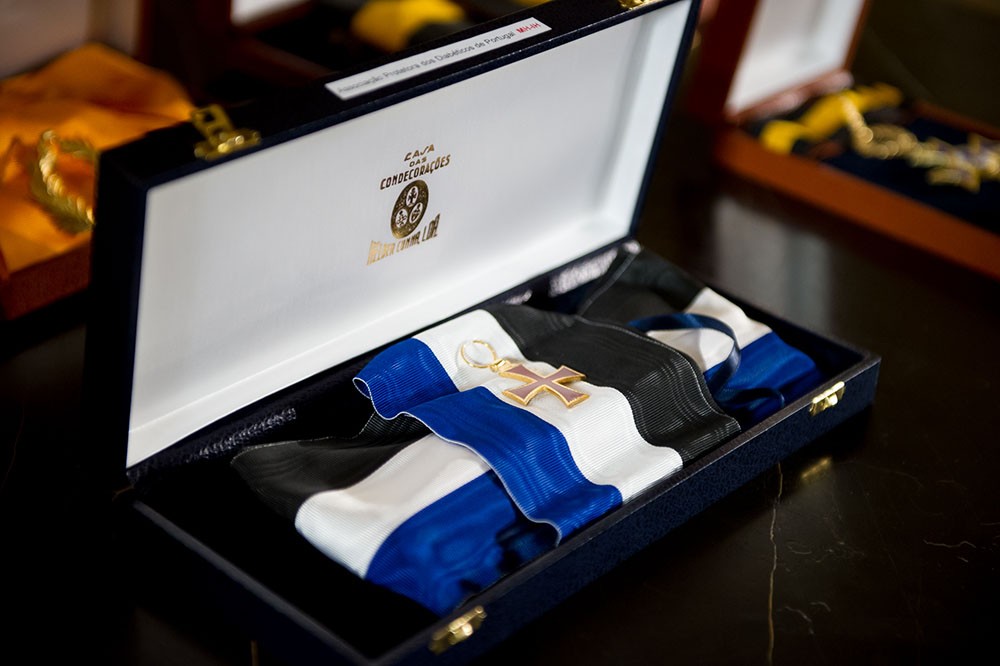
There is currently an exponential increase in new cases of diabetes worldwide and Portugal is among the top countries in Europe. According to the National Diabetes Observatory, in the last three years there has been a very high number of new diagnosed cases, more than 600 new cases of diabetes per 100 thousand inhabitants.
This occurrence is not only associated with the ageing of the population (about 27% of the population over 65 years of age has diabetes), but also with the lifestyles that have been adopted by individuals (overeating, foods rich in fats and sugars), increasing obesity and a sedentary lifestyle.
In order to reverse this situation, it is necessary to have a diabetes prevention plan that at the same time prevents other diseases such as cardiovascular and osteoarticular diseases, some types of cancer and obesity.

In an interview carried out in 2021, Luís Gardete Correia, Endocrinologist and President of the Ernesto Roma Foundation, stated… ”Research has been carried out all over the world so that in the near future we can obtain an intelligent insulin in different forms, such as capsules and adhesives. […] Nanotechnology may bring news with the creation of oral insulin. New, more sophisticated blood glucose monitoring systems will appear, with more information and connections to other equipment. […] The emergence of new insulin delivery systems with permanent monitoring and combined injection of insulin and, finally, a true artificial pancreas. It is necessary and urgent to conduct research programmes that will lead to effective strategies to prevent the disease”.
References:
- 100 Anos da descoberta da insulina: ”Antes, num período mais ou menos curto, as pessoas entravam em coma e morriam”. Available at https://mood.sapo.pt/100-anos-da-descoberta-da-insulina-num-periodo-mais-ou-menos-curto-as-pessoas-entravam-em-coma-e-morriam/ [Retrieved on 07-01-2021]
- Ernesto Roma. Available at https://pt.wikipedia.org/wiki/Ernesto_Roma [Retrieved on 07-01-2021]
- Ernesto Roma. Available at https://apdp.pt/apdp/historia/ [Retrieved on 07-01-2021]
- Ernesto Roma - Pioneiro mundial da Luta contra a Diabetes. Available at http://manuelsamarques.blogspot.com/2016/04/ernesto-roma-pioneiro-mundial-da-luta.html [Retrieved on 07-01-2021]
- PEREIRA, Ana Leonor, PITA, João Pita (2014). IV Jornadas Internacionais de História da Psiquiatria e Saúde Mental. Available at https://eg.uc.pt/bitstream/10316/46241/1/JornHistPsiquiatria4.pdf [Retrieved on 07-01-2021]
- Presidente da República condecorou APDP pela «constante luta pela causa da diabetes». Available at http://www.tempomedicina.com/noticias/31419 [Retrieved on 07-01-2021]
Lurdes Barata
Library and Information Area
Editorial Team

